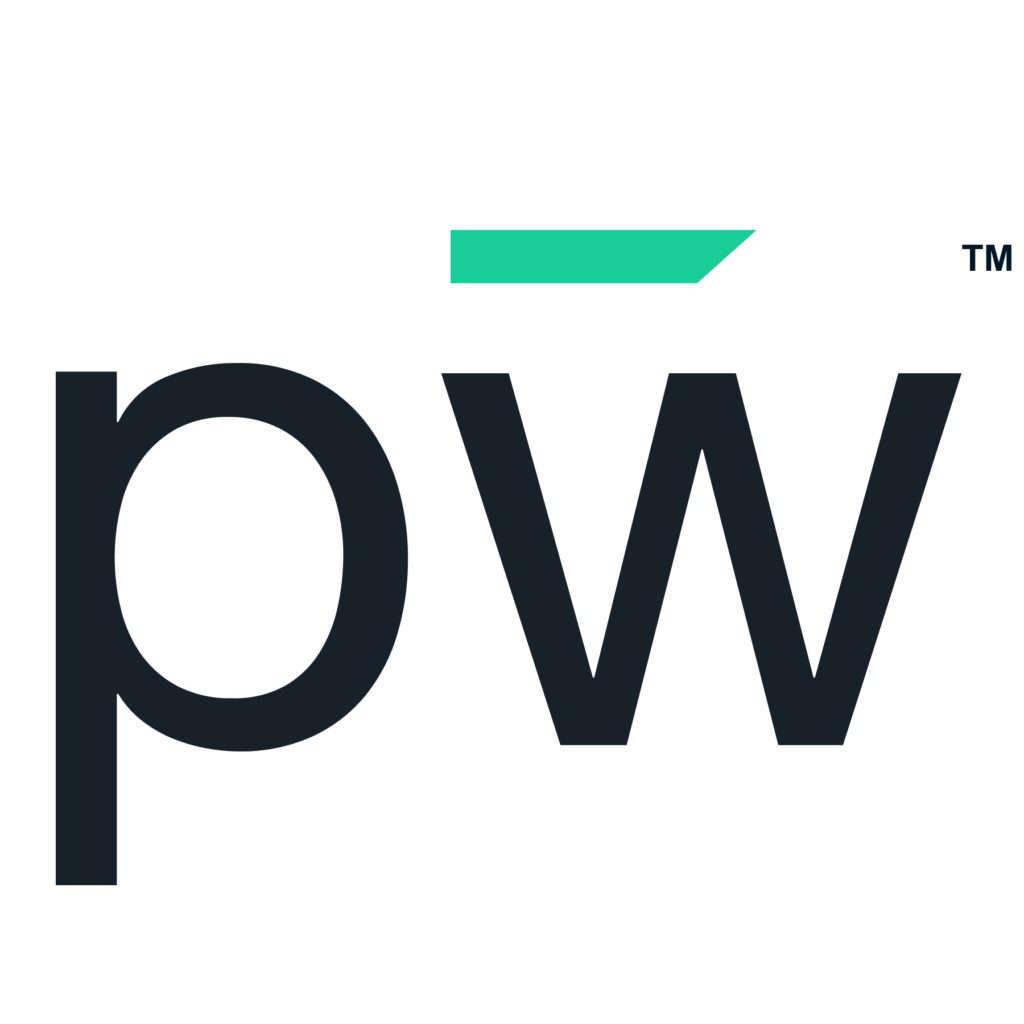Students have so many choices for where to continue their education, and it can be overwhelming as they plot a course for their future. Your role is to guide them through the process by ensuring they have the right tools, resources and mindset to make the best decisions for them.
What’s crucial in the decision-making process is to discover how to pick the best school. There’s no one or perfect way to do this, but you can deploy a variety of strategies to help your students.
Students need some general goals and insights to make the best choices.
There is no such thing as a perfect college. However, some schools better align with a student’s needs, areas of interest, budget and other requirements. In the beginning, you need to help them set preliminary goals about the direction of their education and eventual career.
They don’t need all the answers right now, but it’s in their best interest to have an idea of what they want to do in the future so they avoid the costly mistakes of changing majors or transferring to another college.
With thousands of possible career choices, it can be valuable for students to have real-world experience about what a job entails. pepelwerk has a specific program for this called the Real World of Work. Get an introduction in the video below.
Students need to figure out who they are, which is challenging for young adults. You want to help them focus on their values, passions, aptitudes and priorities.
Encourage students to have an open mind.
Students may have a very preconceived notion about what school they want to attend. Maybe the school is popular or located in a desirable area. Or maybe it’s where their parents went, and they want to continue the tradition. However, they may find that what they think their experience will be isn’t the reality.
Help them expand on their preconceptions about the college experience and consider additional schools. Experts recommend that students apply to between 4-12 schools depending on the fees and their ability to afford them.
When students think outside the box and consider other colleges, they’ll likely learn interesting things. Opening their mind to different options expands their perspective on what is possible. As they do this, they can divide schools into categories, such as a top choice, a “reach” and a safety school.
Compare colleges and narrow the list.
Once students have a list of potential schools, they should begin to rank them based on different criteria, such as size, location, programs/majors, distance from home, career services ranking, extracurricular activities, culture and costs.
They can list the pros and cons for each and zero in on their top choices. Be sure to discuss the weight they should give all the criteria they are comparing. While a school close by with a very active social scene is attractive, it may not be the best option based on their career goals.
Provide them with wisdom about looking at their options holistically and resist ranking them based on only one or two factors. Having a great college experience outside of just preparing for a career path matters, but they should feel empowered and informed when choosing the best school.
Parents will be part of the comparison conversation. They obviously have biases, but they’re looking for support too. Having discussions with everyone and sharing your insights can help alleviate some of their worries.
Consider more ways to help students pick the best school.
All these exercises are essential for the process of applying and ranking favorites. With the pepelwerk platform, you can also leverage career services technology tools to help with this process. In addition to the Real World of Work program, you’ll gain many more capabilities, including:
- Artificial intelligence and career assessments
- Work and adult life readiness content
- Virtual reality job exploration
There are also features for you to track and measure student success. All these things are useful in determining how to pick the best school. pepelwerk is the career services platform that supports you and your students.
You can learn more about our technology, programs and how we’re modernizing career services by attending one of your events. Browse our calendar now.










